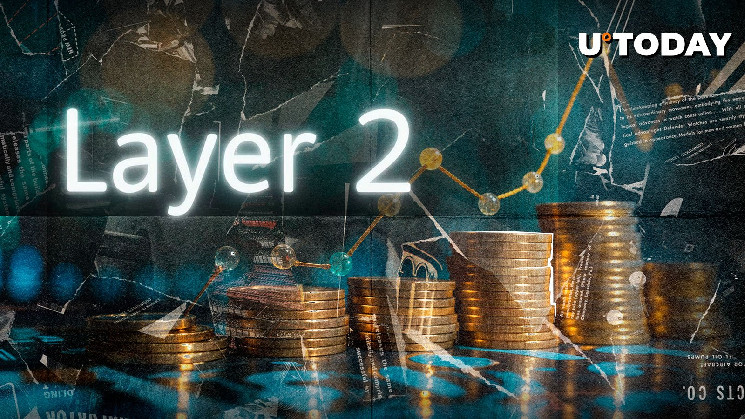What is layer 2?
Layer 2 refers to off-chain networks or technologies that are built on top of a base blockchain (Layer 1) and extend its capabilities – specifically by improving scalability and transaction throughput.
These solutions are essential for blockchains that prioritize decentralization and security, often at the expense of speed and scalability. By handling transactions more efficiently, Layer 2 solutions help reduce congestion and reduce transaction costs in the main chain.
These Layer 2 improvements help address the ‘blockchain trilemma’ and provide a path to scalability without compromising core principles of decentralization and security.
In general, Layer 2 solutions operate independently of the main chain, performing a large number of off-chain transactions while the base layer is updated periodically.
This ‘off-chain’ approach to scaling provides blockchain networks with an efficient way to increase transaction speed and volume, supporting more robust decentralized applications.
How does L2 work?
A key advantage of off-chain (Layer-2) solutions is that no changes to the main blockchain are required. Layer 2 networks enable high transaction throughput and take over tasks that would otherwise burden the main chain.
This allows the main chain to focus on security, while Layer-2 networks provide speed and scalability and can process hundreds or thousands of transactions per second.
Layer 2 typically consists of two parts: a transaction processing network and a smart contract on the base blockchain to resolve disputes and confirm the status of Layer 2.
Additionally, to ensure accuracy, Layer-2 networks periodically send cryptographic proofs to the main blockchain, verifying the integrity of their transactions and maintaining overall network security.
Vitalik Buterin’s vision
Ethereum co-founder Vitalik Buterin emphasizes that Layer 2 networks on Ethereum inherit the security of the Layer 1 blockchain, meaning assets on L2 remain safe as long as L1 is safe.
Normally, withdrawing funds from an L2 network requires a seven-day wait for transaction validation, but with disabled rollups this delay is reduced to just a few seconds as stakers verify transactions immediately.
Yes, this is not a merger. “Inherit L1 security” isn’t just a hash link, it’s a claim that assets on the L2 are safe and can be revoked as long as the L1 is safe, even if 99% of the L2 nodes are malicious and conspiring against you .
— vitalik.eth (@VitalikButerin) August 23, 2024
Buterin also highlights the efficiency of both L1 and L2 on Ethereum, where transactions are confirmed in seconds, with L2 fees often below $0.01, effectively eliminating concerns about high fees. He mentions successful Ethereum projects such as Farcaster, Lens and Polymarket, which show the potential of these networks.
Buterine suggests that a balanced fee structure is crucial for Ethereum’s future as it would help maintain predictable costs and prevent excessive volatility. This balance will ensure that both L1 and L2 fees remain accessible, benefiting the entire ecosystem economically, technically and culturally.












